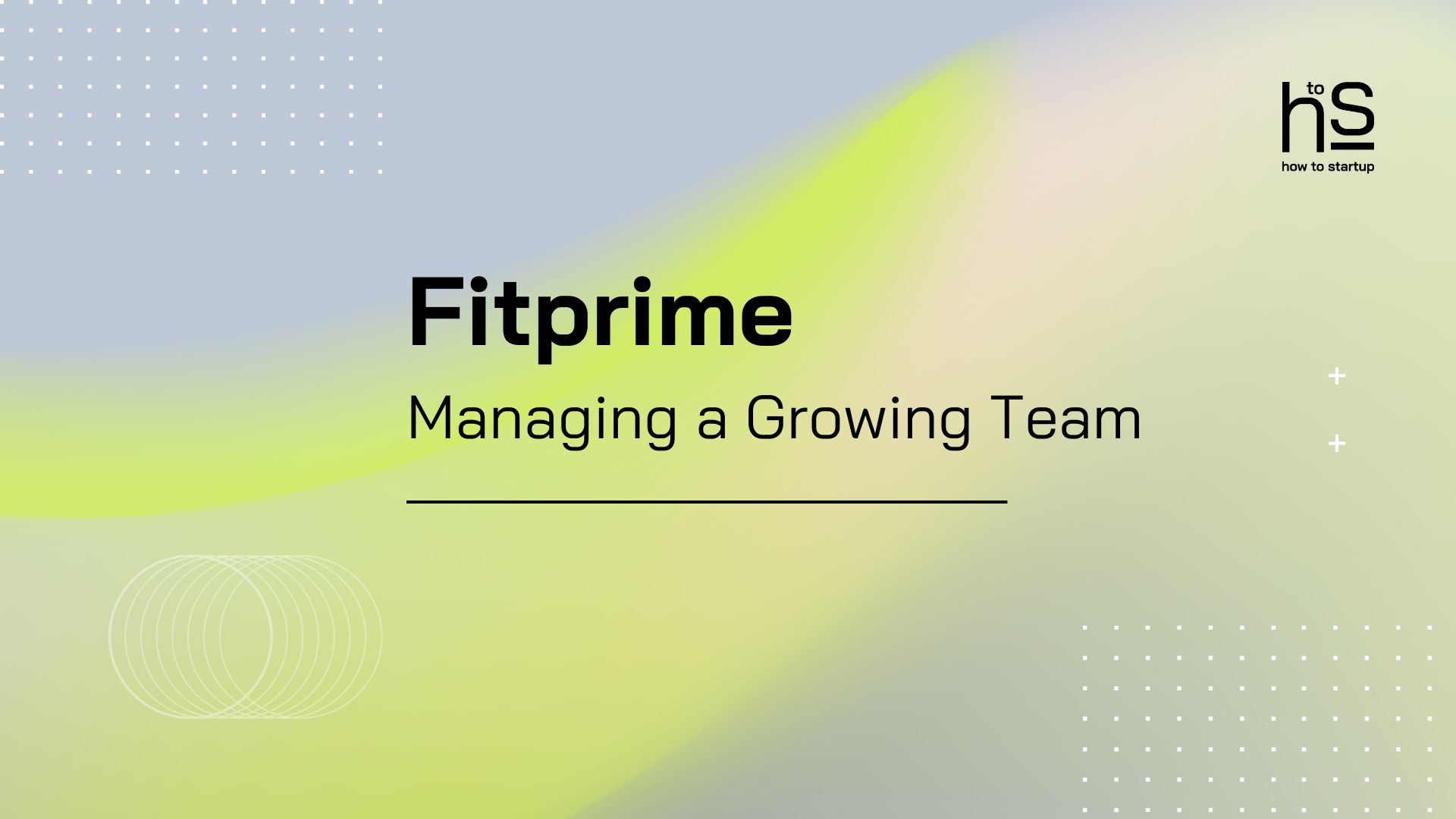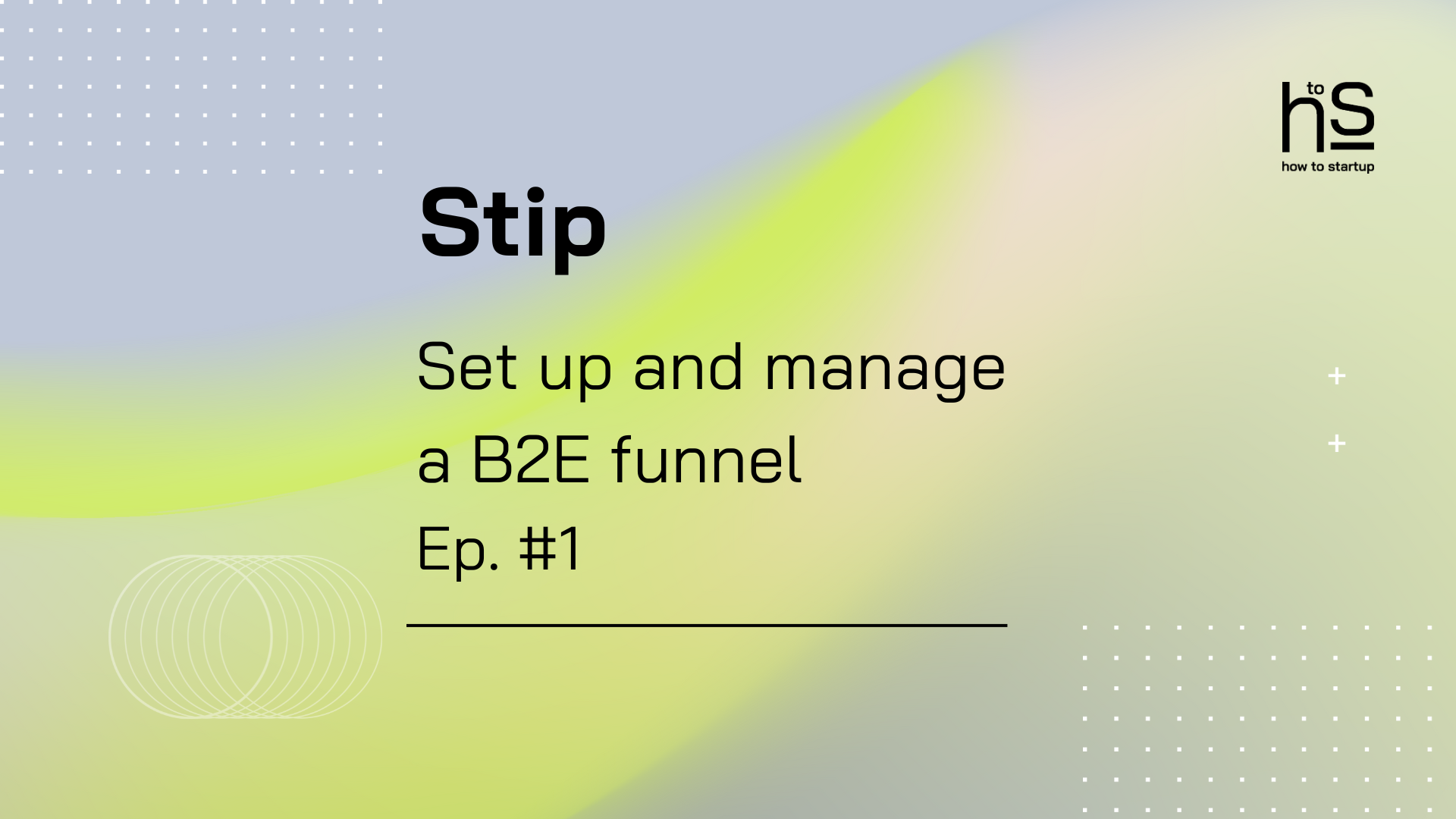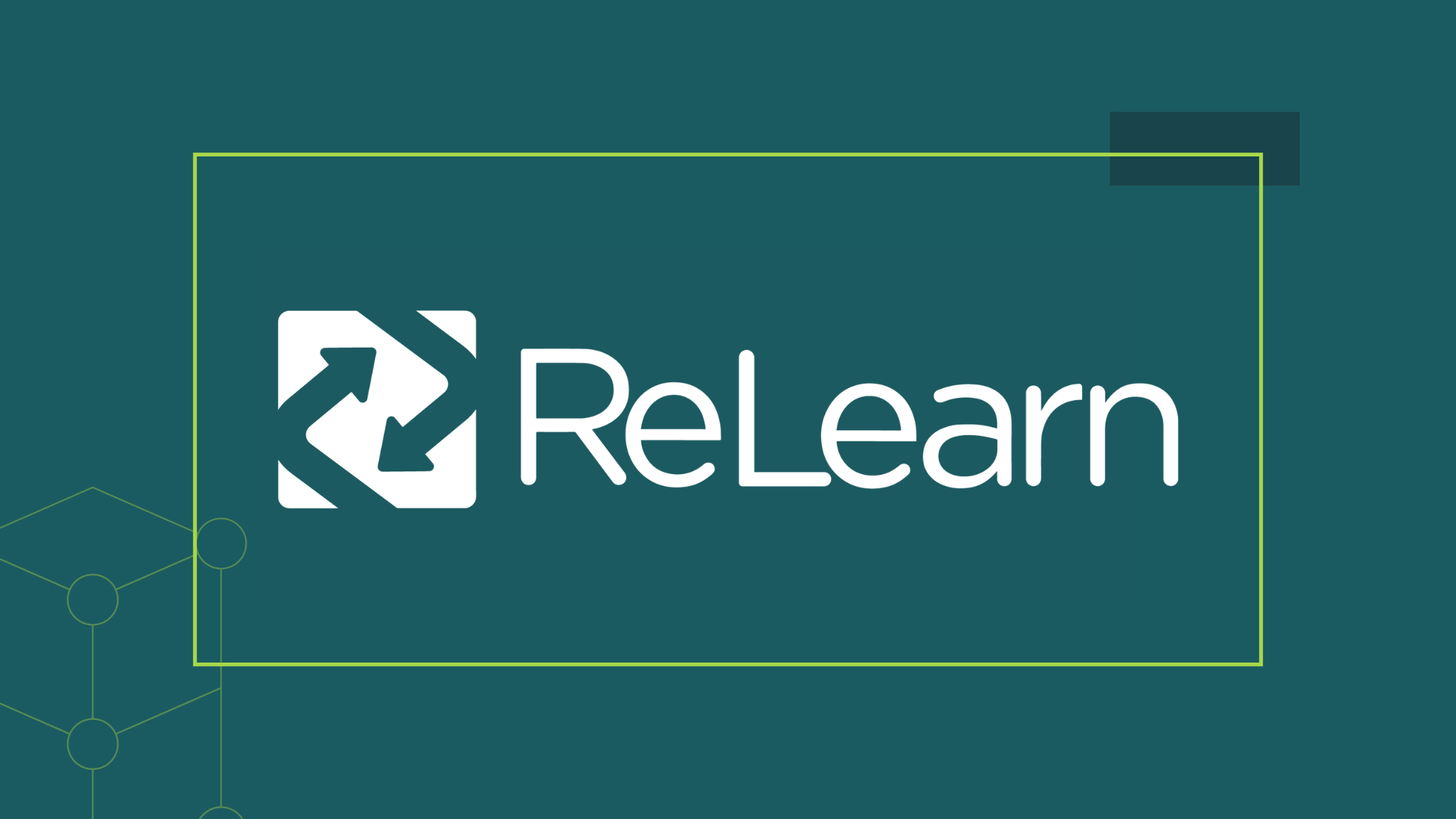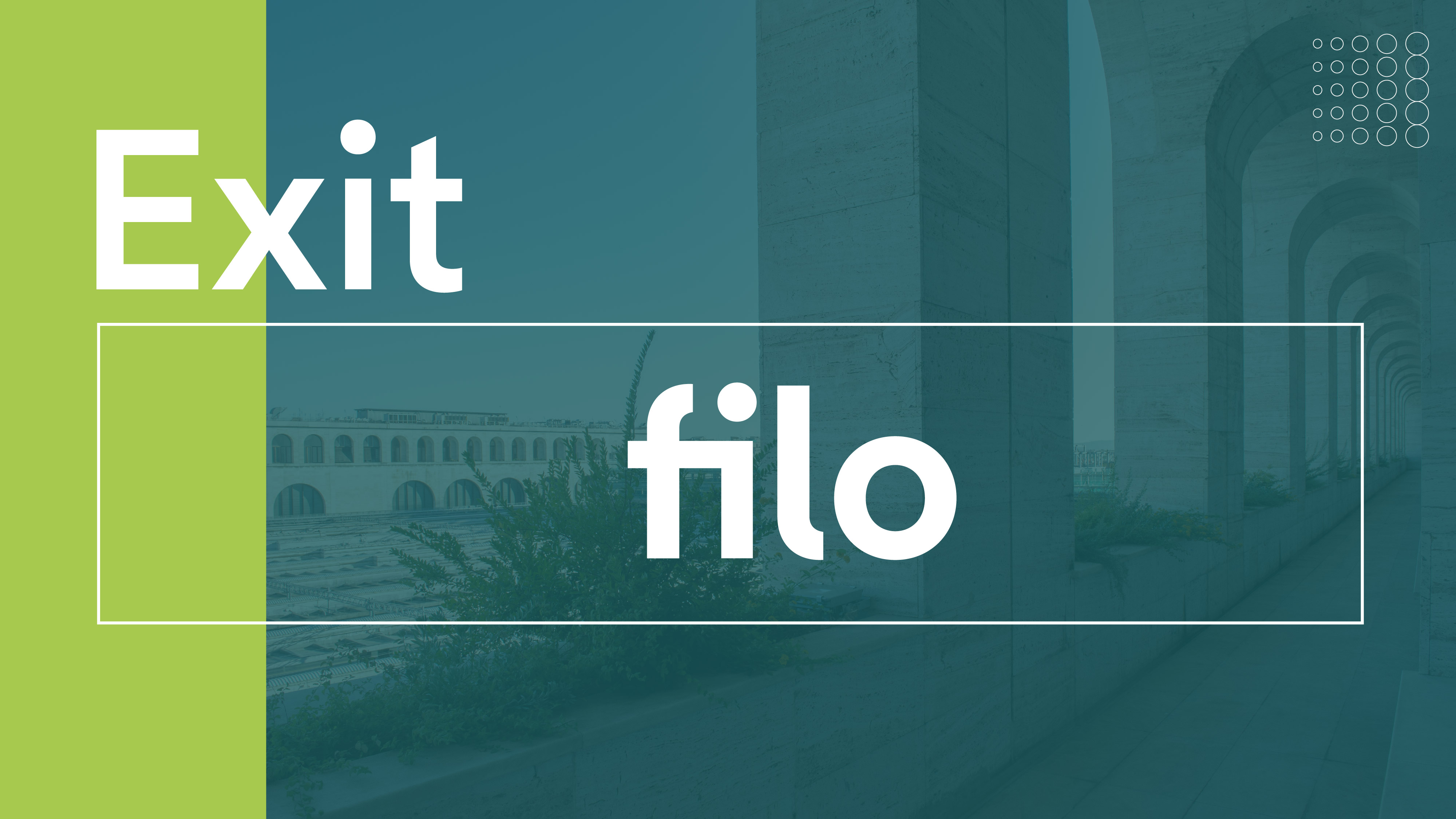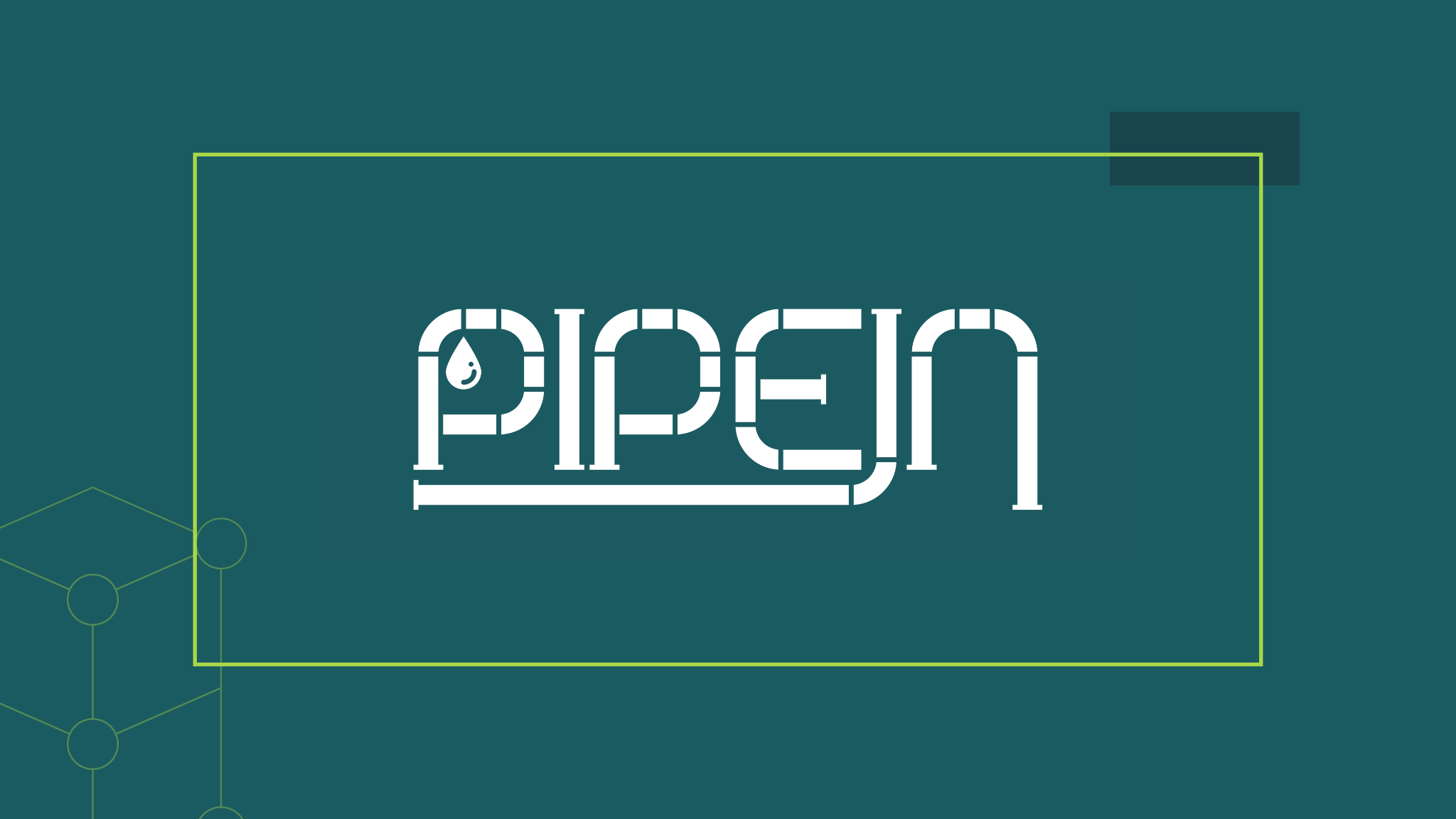This Unique is a community brand, with tens of thousands of followers on social media, with a strong value set at its base, able to attract people united by the same mission of eradicating taboos related to women’s medicine, presenting to the market a new type of compostable organic tampon.
Accelerated by LVenture Group in 2021, This Unique proceeds in its revolution, shared today by players such as Hello Fresh, Jakala, Poke House, Findus Italia, and Talent Garden. A cultural change that universities like Luiss and institutions like the Municipality of Andria have also espoused. But how is a community born, how is it nurtured? How do you manage to focus on business in a way that is always “community-oriented”? We asked Vincenzo Mansi and Lisa Iannello, CEO and CPO of This Unique in this second instalment of #howtostartUP
How do you build a brand on an issue perceived as taboo?
Lisa Iannello: The guiding principle was to prioritise the accessibility of language, by tackling the complexity of the taboo, simplifying it and making it easier to communicate and understand. In this way, the issues at its root can be disclosed.
Vincenzo Mansi: It is fundamental to start from the content with a process of education and disclosure. Taboo is formed the moment something is not known and, automatically, it starts to be stigmatized by people who, at the cost of not talking about it, make it for that very reason a taboo. So, we retrace those steps and become a megaphone for knowledgeable people who have dedicated their work to exploring certain issues. In that sense, “This Unique” is a megaphone for dismantling and eliminating taboos.
Do you feel more like a brand community or a community brand?
Vincenzo: We feel we are a community brand, the focus is on community. This Unique started as an open space for discussion and sharing, only later did it become a brand. In our first year of existence, we did not worry at all about visual identity, it was a later step.
Lisa: We are a community brand, and we are trying to never betray that orientation. Let me give an example. When we went through the rebranding process in a structured way, the community was an integral part of the process. We created a creative committee where people could clearly express what most represented them.
When the brand became established, didn’t you think you could run the risk of misrepresenting yourself?
Vincenzo: I answer in a tricky way. You manage to be a community brand by not being a community brand. To maintain the community brand, what we do is to avoid necessarily insisting on the product. We have realized that, in our community, many people are not our buyers and vice versa, many of our buyers are not part of the community. The duality has to be maintained in order not to distort ourselves. So, what we do is nurture the community that has connected with us because of the values we represent. People are the ones who choose, we should not force them, because otherwise, we would be one of many brands cloaked in green and pinkwashing.
What was the first interaction with early adopters? How did you manage this phase?
Vincenzo: The first people who purchased on This Unique reached out because of the value of the product and communication. It was important for us to gather their feedback, which was an essential source of information. The people who started buying from us were decisive, for example, in understanding that the intuition of the model in subscription made sense. Certainly, the constant interaction and the desire not to saturate the predisposition to listen to the community worked.
Tampons are commodities, how were you able to make it clear that there was a different pattern of purchase?
Lisa: With a strong focus on personalization and the ability to adapt to the new needs of a target audience, which, precisely because of the community, has begun to need to experience it differently and no longer as a nuisance. By combining these factors, we were able to arrive at the subscription solution.
What was the channel you used the most to interact with?
Lisa: Given our target audience, we started with Instagram, which remains the primary channel, mainly because of a visual factor and the age of the audience. Instagram allowed us to create a community without the product and to talk about the value sphere, so from the very beginning, people could begin to understand what we were about, to be engaged in. In this way, we found our first early adopters.
How do you engage, expand, and manage the community?
Lisa: To broaden, engage and retain the community, it turned out to be successful to communicate topics that are not commonly covered, but which, at the same time relate to an everyday life common to everyone. For example, for topics that are completely natural, and physiological, but that people are ashamed of, we used the irony of “memes” to enliven the debate. The content went viral and, by ridiculing a taboo, we broke the stigma. This allowed us to aggregate more and more people within a “safe” space for discussion: the community.
Was the use of content and media strategically chosen?
Vincenzo: We started with a blog. Certainly, the value base of the content played a strategic role in conveying our message, but it is also the most authentic and important part. This Unique wants to convey messages and change the product paradigm. These priorities drive our strategy, which is different from any other competitor. We are born with values, which take shape with different communication and products that have a positive impact on people’s bodies and sustainability.
How much do the value base, solid value proposition, and social engagement affect brand recognition?
Vincenzo: The social commitment of the brand is about the people’s social commitment within the brand. When we say that this brand is our child, we say that because what we do we have brought exactly into the brand, it is the copy of the four founders. We are all aligned on the same value system. If not, the internal process would slow down, we would not understand each other, and at the same time, it would be green and pinkwashing.
Certainly, brand recognition, when associated with these values, is key. Acquisition is done by the product, with its environmental sustainability, characteristics and qualities. Brand recognition of the values we express is a formidable retention mechanism.
How to turn engagement into empowerment?
Lisa: We sell tampons. But we do it through a platform that involves so many medical figures, influencers, and creators who have content to share with the community. They give tools and means to the community and facilitate the empowerment of the community. The community, in this way, is also able to establish a dialogue with academia. Our goal is for people to be more aware of their bodies and have tools to understand where to turn for any problems that may arise. When we addressed the market for tampons, we realized that the biggest problem is the underrepresentation of the female gender when it comes to women’s medicine. The issue of female underrepresentation has led to a vicious circle, where people are not even aware that they have diseases because they do not know how to recognize the symptoms. By not disclosing the symptoms, there are then no diagnoses that respond to them. A vicious cycle is created in which people suffer, however, in silence, becoming invisible. For us empowerment is changing the paradigm of how the female body works, having the tools to understand it, not remaining silent, but acting to heal it.
Why the choice of the magazine and what is the added value?
Vincenzo: The magazine is where we started. Even before we had our trial boxes, we had Periodica Magazine. Firstly, we are very fond of it, and secondly, it takes a lot of work, a lot of planning and a lot of collaboration. This is mainly taken care of by Alice who develops the network of contributors and organizes them in terms of timing, and type of article leaving them absolute freedom of expression, as the articles do not undergo internal review. We give contributors a way to get into synergy and we at This Unique act as a megaphone.
Lisa: Exactly, this process of Periodica Magazine is a work that acts in parallel, influences and is necessary for the work of This Unique. If we have business strategies, especially for the B2B target, we try to integrate them. So Periodica lends itself to supporting the strategy of This Unique by acting as its value manifesto.
Did launching the startup without a tech Co-Founder slow the process down?
Vincenzo: For what we do, I would say 50-50. I would be hypocritical to say that you can always do everything “on your own.” There are some steps where we had to lean on someone else to follow us, whereas having an internal tech figure is not necessarily a guarantee of continuity or that the person can be aligned with the whole value system. On the other hand, I have to say that it was not too much of an obstacle. Certainly, it is very relative to the processes, the models, and the products that are developed. At some times we feel that the absence of an internal tech figure can slow us down in scaling, at other times we don’t feel that absence at all.
How important is diversity in the composition of the team to you?
Lisa: This is the foundation of This Unique, the reason why it exists. Because the issue of tampons, of the product, if we dig deep, can be traced back to the root of a patriarchal pattern. Our job is to bring out the problem and provide a solution. The issue itself has not been explored, precisely because of the taboo, because they did not want to talk about it, precisely because of gender inequality. So to talk about inclusion and representation is to go back to the root of the problem. I mentioned the term “representation” precisely because since there was no representation in the higher roles, in this case of female doctors, of menstruating people, in the development of menstruation products, they were created without full awareness and cognition of the needs. This is the paradigm that we are changing.












